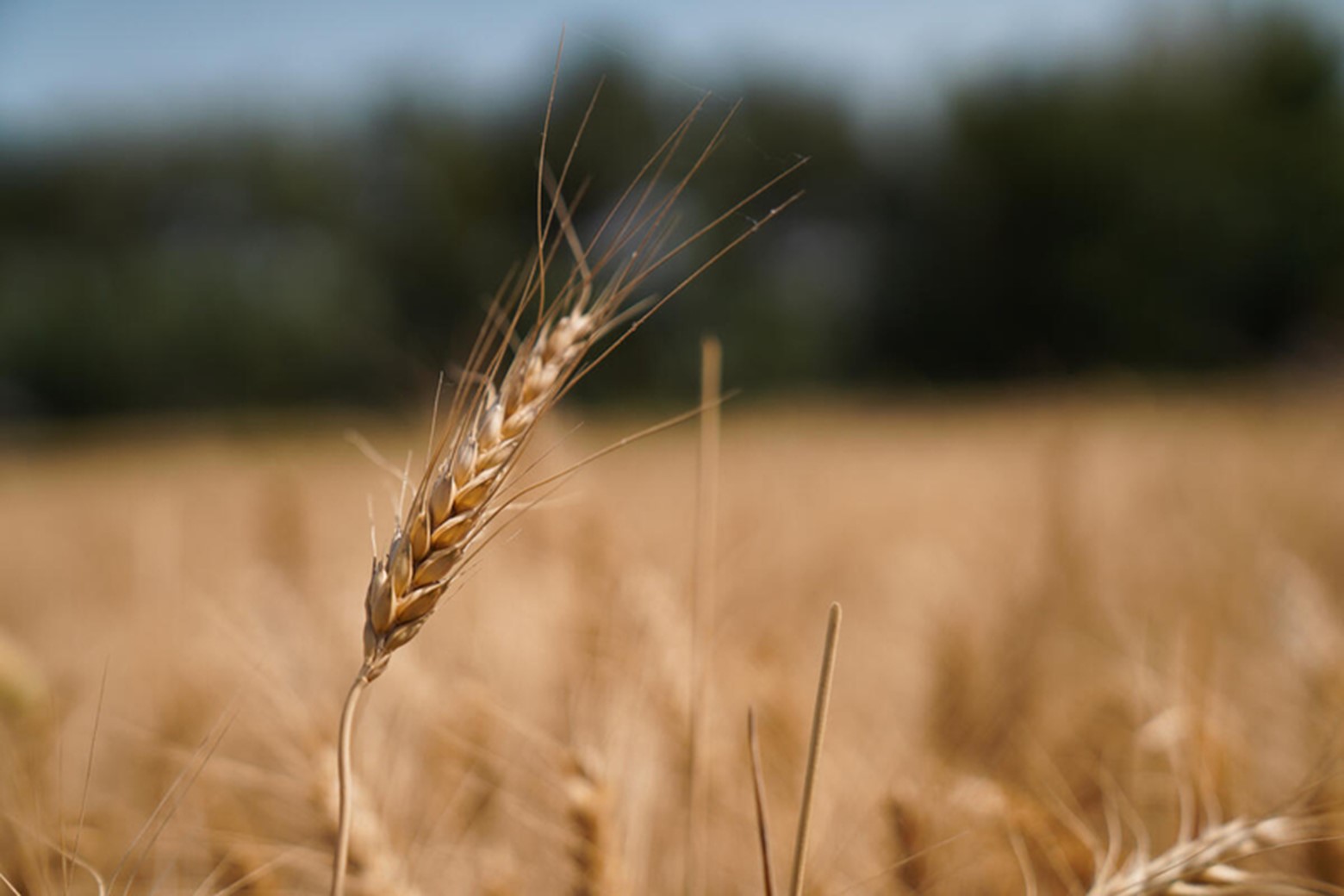Don’t let these fields of gold disappear

When we protect plants,
we protect lives.
#PlantHealthDay
Wheat (Triticum sp.) was one of the first domesticated food crops and has been a staple food for major civilizations in Europe, West Asia, and North Africa for over 8,000 years. Wheat is the most important food grain source for humans, providing about 20 percent of the world's caloric intake. Some of the countries that rely most on wheat as a staple crop include Egypt, Pakistan, Bangladesh, Nigeria and Sudan.
Wheat is grown on more land area than any other commercial crop. Wheat cultivation is part of the Globally Important Agricultural Heritage Systems (GIAHS), which recognizes the intricate relationships between human beings, their agricultural landscapes, and cultural identities.
Major pests/pathogens:
- wheat aphid
- hessian fly
- Russian wheat aphid
- wheat stem sawfly
- cereal leaf beetle
- leaf and stem rust
- Fusarium head blight
Economic value:
- In 2023, global wheat production reached 796 million tonnes.
- Wheat is a crucial commodity in global trade, being a major export product for countries like the United States, Canada and Australia.
Cultural value:
- Wheat is used in a wide range of culinary traditions, from flatbreads in the Middle East to pasta in Italy and noodles in East Asia.
- Different regions have developed unique wheat-based foods that reflect local tastes and traditions. For example, baguettes in France, naan in India and tortillas in Mexico.
Fun facts:
- Wheat was the first crop to be grown in space. It was cultivated on the International Space Station to study how plants grow in microgravity. (source)
- It takes about nine square feet of wheat to produce enough flour for one loaf of bread. (source)
- Wheat has been mentioned in numerous literary works, symbolizing abundance, fertility, and prosperity. (source)
Why does protecting plants and crops matter?
Plant pests destroy up to 40 percent of global crops annually. Protecting plants can help:
- Achieve a zero-hunger world
- Reduce poverty and inequality
- Protect biodiversity
- Support livelihoods of rural farmers
- Sustain economies around the world

